I wish that we lived in a utopian world where writers could be writers, directors could be directors, producers could be producers, and actors could be actors – but as a writer of a new musical you have to figure out how to put yourself in those other shoes. I want to help you understand how to put on the producer hat, the director hat, and the actor hat, because I think it will really help you when writing your character descriptions.
For the most part, I’m going to come from the mindset of a director/producer, because that’s what I am. When I am looking at new scripts and scores, I’m asking myself two questions: Do I want to do this show? And can I do this show? And a big part of that comes down to the cast needs list and the character descriptions. Because that’s what tells me: “Can I do this show? Can I find these people? Can I bring this script to life?” Sometimes this is a more objective decision-making tool versus the subjective, “Do I like this story? Is it something that I think needs to be told? Do I like this music?” Unfortunately, there are times that we must make decisions based on objective numbers and facts.
A lot of times you will hear directors or producers say: “Your cast is too big; small cast sizes are better.” It’s not that we don’t WANT to do big shows – but when we see a large cast list, we’re attaching a $ sign to every human that is going to be required by the show. How many humans it is going to take on the stage? For the music? Whether we use tracks, band, or full orchestra. We also must consider how many humans it’s going to take to take care of all these other humans. Dressers, stage managers, kid wranglers, choreographers, assistant directors, music directors, stage crew. How many humans is it going to take to bring this show to life?
(Note: Producers rarely read the entire script cover to cover before considering the “how” of producing the show. If I am looking at doing your show, unless you have paid me to read your script and give feedback, I have rarely read your script. In addition to the synopsis and show description, I rely 100% on cast lists and character descriptions when considering moving forward with your show.)
How to Provide Character Descriptions and Cast Lists
I tend to avoid templates, but this is a good article from the Playwrights Center with examples of basic cast needs lists and character description lists that you can reference if you’re looking for some basics.
The first place you can get an idea of effective character descriptions and cast lists are by reading other cast notices. Look at casting notices for things that are in your local area. See what gets interest and what people are auditioning for in your community and around the world.
Don’t let the character descriptions do the heavy lifting. Your script should do that.
When I look at writers’ cast lists and character descriptions, I feel like most of the time the writers’ goals are to tell us who the characters are and what makes them interesting. I want to challenge that the script should do that. Ask yourself, “Would the audience benefit from seeing the character descriptions?” If the answer is yes, consider that that information needs to be in the show itself. The audience doesn’t get a copy of the character descriptions. They must learn this information from the show. Make sure whatever clarifying details you have mentioned are informed in the script as well.
Quantity and Qualities
When looking at your cast needs and character lists, directors and producers are looking for two specific things. Quantity and qualities. We’re looking for how many humans and who they are.
How many of those are leads, how many are ensemble? Who do they need to be regarding age, gender, and ethnicity? Beware of physical descriptions unless it really changes the narrative of the show. Be open to all shapes, sizes, heights and all of those things. And super important: What do they need to be able to do? Are they just speaking? Is it a non-singing role? Do they need to be able to sing? And how well? Do they need to be a soprano, or an alto, or a belter, or a high, high tenor, or a countertenor? Is it important to the narrative of the story that they are a dancer? Are they an athletic dancer? Do they need to specialize in tap or ballet? What do they need to do? Again, assume we haven’t read the script.
Evaluate every requirement—especially those based on age, gender, ethnicity, voice type, etc. Do these affect the narrative of your story? If it doesn’t, then consider adding “gender fluid,” or “range is flexible,” or “age is flexible,” if it really is. But if it is specific to the narrative, and it matters to you, it needs to be in your character description. There is a balance of not limiting the director’s creativity in casting, but also making sure that your wishes are honored as the writer of this story.
Common Questions about Writing Character Descriptions and Cast Needs
What about a cast note like “comic timing”? Would it be assumed that the character is funny? Or is that a good thing to put in?
This addresses the “What does this actor need to be able to do?” question. If it’s going to be physical comedy or slapstick, that is good to know. Or if you specify that a character is very depressed, I might have a vision of who I would cast, but if I see “needs comic timing,” that really changes things. So, if you think that it might go against what the average person would visualize for that role, I would put it in there.
How important is it that my cast list say things like male-identifying actor?
I personally have gotten away from using terminology like male-identifying, or female-identifying, because whether you are cisgender, or transgender human, you see yourself as male or female, or also non-binary, gender fluid. That’s another option. I think what is even more informative is—if it matters in the story—is what type of relationships are they going to be portraying. Do you have someone in a heterosexual relationship, or homosexual relationship, or are they a mother or a father or a daughter or a son?
What about age, if it changes? If I have a lead character that starts out as a 17-year-old and then she ends up 35. Do I say “plays age 17 to 35”?
Yes, I would totally do that. Because that allows the director to be creative. We can either have a young actress who we make look older, or an older actress who we make look younger. I would put that into the hands of the director to let them figure out how to do it. You can also say “young woman,” or “young female,” and then put in the description “plays 17 to 35.” You don’t have to worry about what age the actor is. But you do have to tell us what age the character is.
What about doubling?
Yes, have suggested doubling, suggested tripling, and say this ensemble member can play this role, this role as well, and know that the director might switch it. They might have an extra actor, and they might split things apart. But giving them a starting point is so helpful.
Do we put our character list in order of appearance?
My preference as a director/producer is to put them in order of importance, or an order of “heavy lifting”. The leads—the people singing the solos and/or those on stage most are at the top. As I go down the list, those are the more minor or supporting characters and then ensemble.
Looking at Cast Lists and Character Descriptions from an Actor’s Point of View
Actors are very important to the success of your show. New work is very exciting to actors. The forced break that COVID was for all of us in this industry was a wake-up call. It gave us a chance to reevaluate what we want to pour our time and energy into. I want to tell stories that are interesting to me, that I’m passionate about, that are true to who I am. A lot of actors had to leave the industry and find other work. And so, to come back to it, it needs to be something that they’re passionate about as well. For me, personally, COVID clarified that I ONLY want to spend my time and energy on new works. My days of Mamma Mia and Sound of Music are in the past.
When an actor is looking at a cast list, the first (and usually only) question they’re asking themselves is, “is there a role for me?” It sounds very simple. But when we are looking at shows, if you are a 40-year-old, overweight, non-dancer alto, and when looking at a cast list it is all 18-year-old chorus line girls, and then there’s roles for six 70-year-old men, and then there’s two young guys, then you might look at that and think, “there isn’t a role for me.”
I work with actors of all ages, backgrounds, ethnicities, and gender profiles who are passionate about new works, but they also want to make sure their involvement is true to who they are. So many previous roles that have been written for our black and brown friends are focused on their trauma or stereotypical/historical roles. A lot are not interested in doing that anymore. One of my favorite actresses said, “I’m done playing the maid.” As writers, we need to be conscious of this because our shows CANNOT happen unless we have actors who want to be in them. If you’re writing characters and roles for people who don’t look like you or who don’t have the background that you have, it is imperative that you consult with the actors who are workshopping your show and ask for their feedback. Ask “Have I written this correctly? Would you say this differently? Do I have this wrong?” This is absolutely imperative, because you may find that the roles essential to your show have been written wrong. Then your actors can honestly say, “That’s a story that I want to tell. That’s a story that’s about me.”
In conclusion, view your character descriptions and cast needs list through the lens of producers, directors and actors and I guarantee it will expedite your journey from page to stage. You have a story to tell and we cannot WAIT to help you make it a reality!

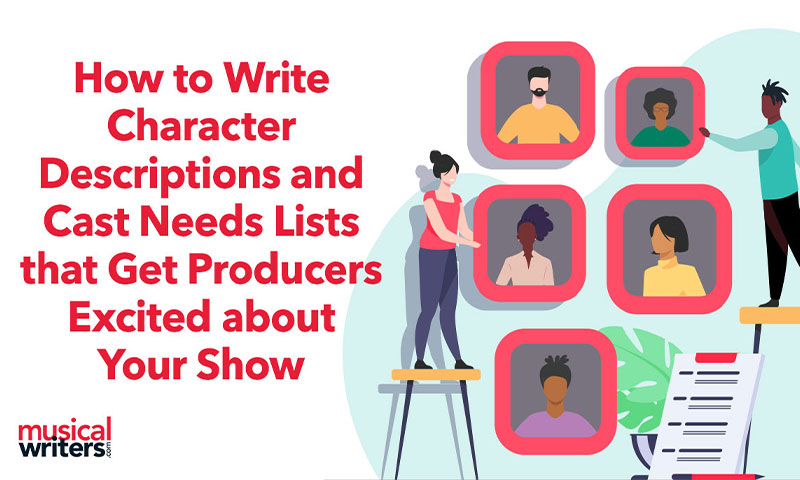


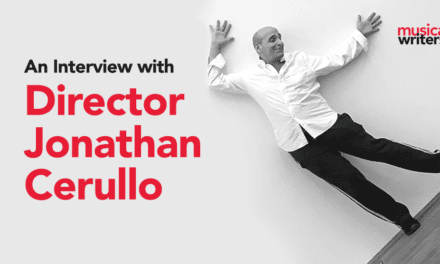








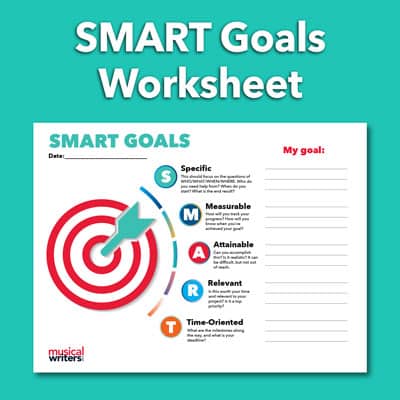
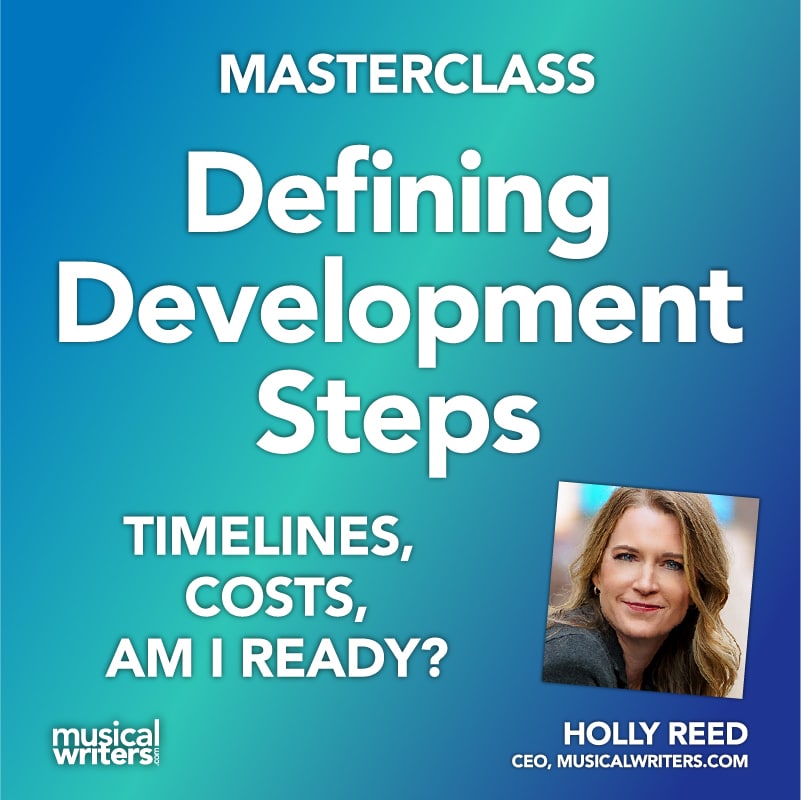
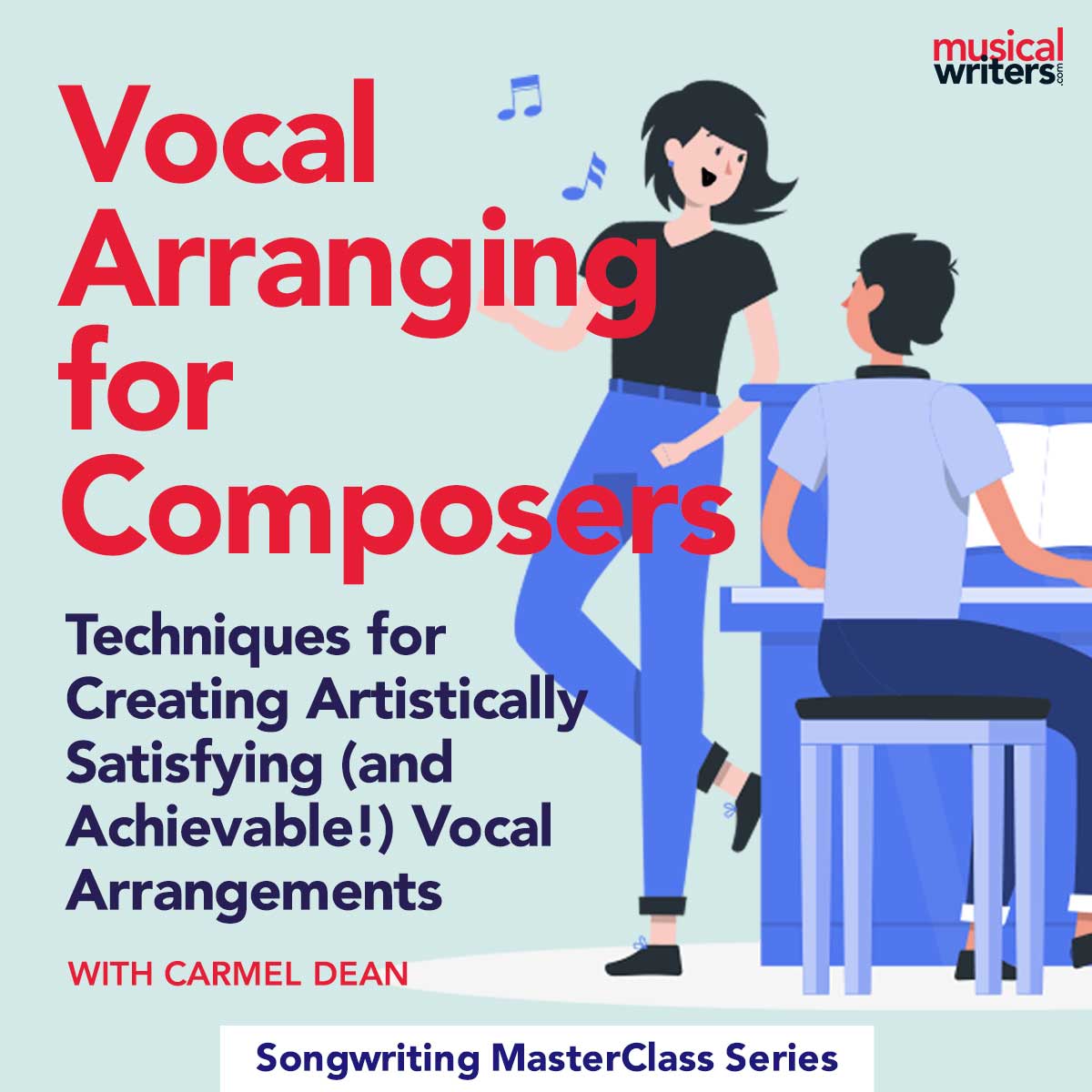

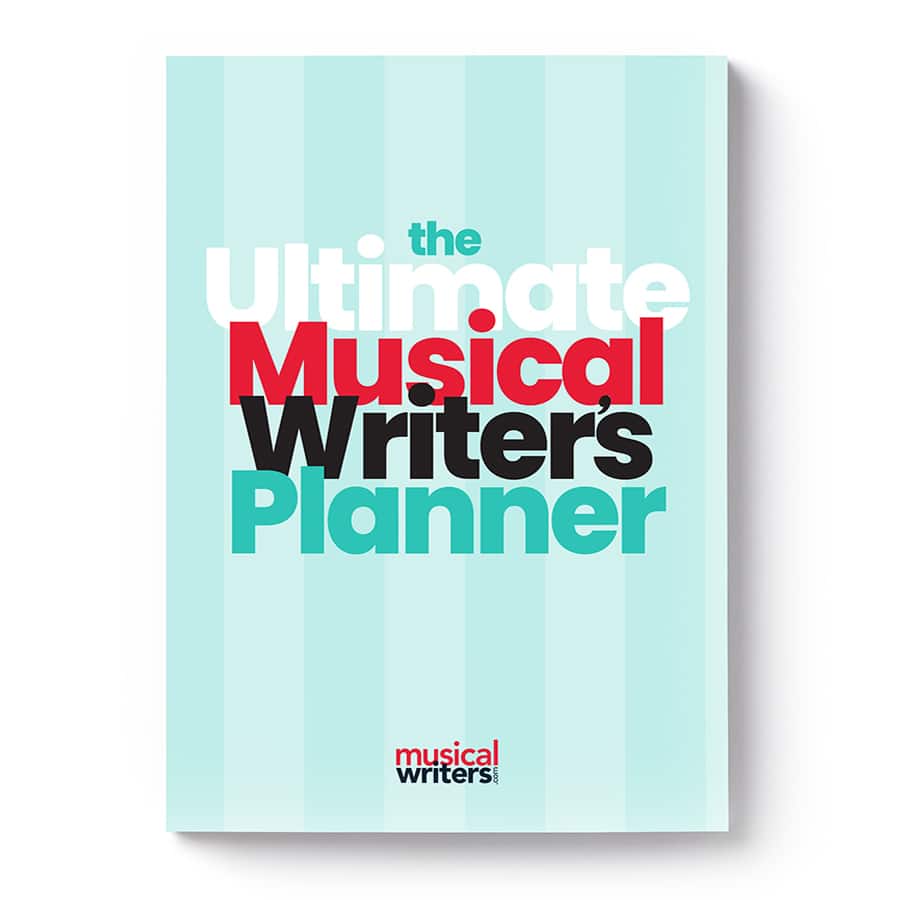

Great article! I appreciate whenever there is hard-truth imparted, even if it’s painful or hard to accept. Because, in the end, if it’s helpful, that’s all that matters!